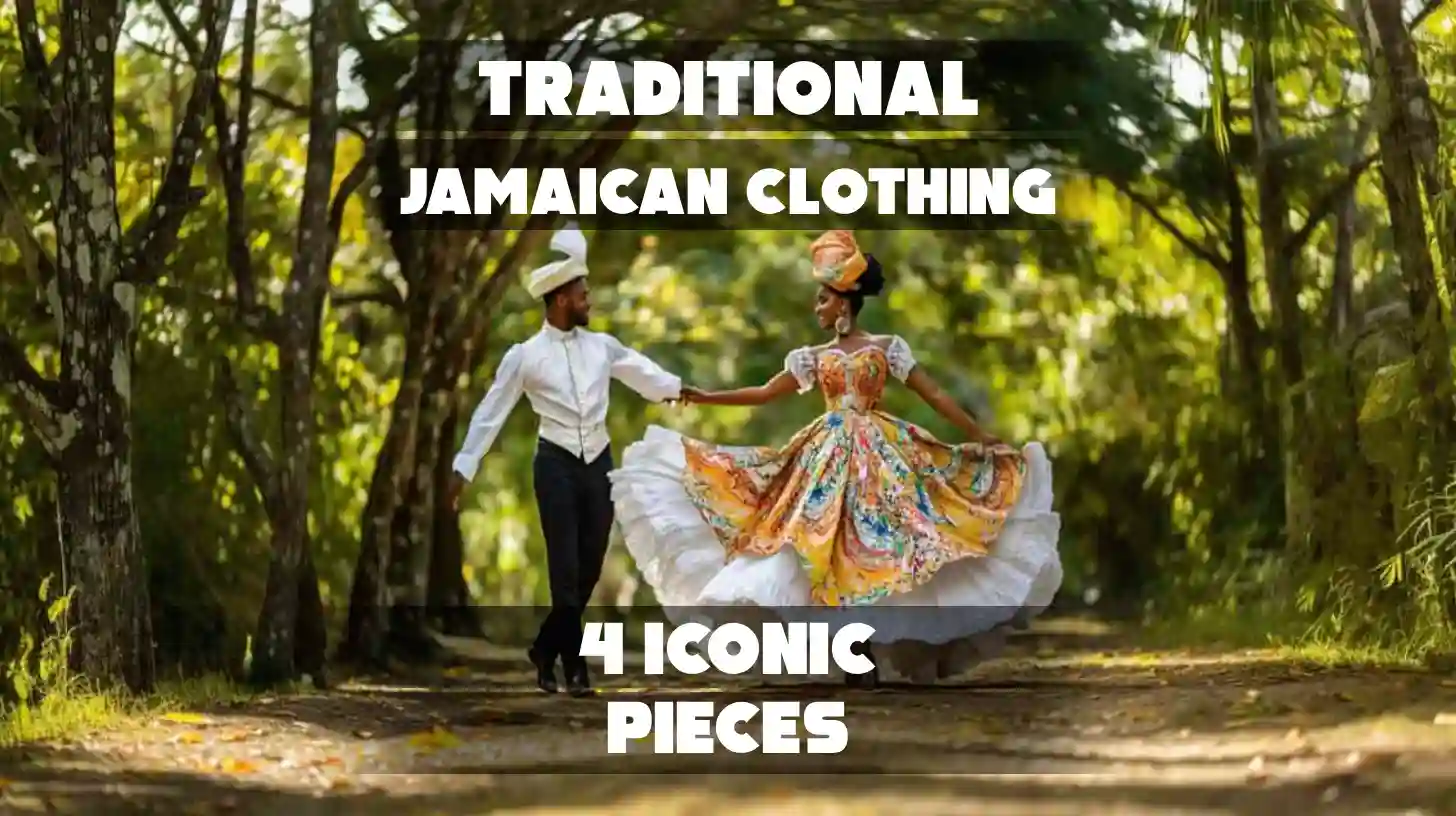Have you ever wondered what makes traditional Jamaican clothing so special? Traditional Jamaican clothing is bright, colorful, and full of meaning. It shows the strength and pride of the Jamaican people. Each pattern and color tells a story shaped by African roots, European styles, and island traditions.
When I first saw these clothes, I only thought they looked beautiful. But after learning more, I understood that they hold deep history. They reflect Jamaica’s past — from the struggles of slavery to the joyful celebrations seen today.
In this article, I’ll help you explore Jamaica’s traditional fashion. Together, we’ll:
- Learn where Jamaican clothing started
- See what men and women traditionally wore
- Look at well-known outfits like the Quadrille dress and the Kariba suit
By the end, I hope you’ll see these clothes not just as outfits, but as a proud symbol of Jamaica’s culture — something that continues to inspire people everywhere.

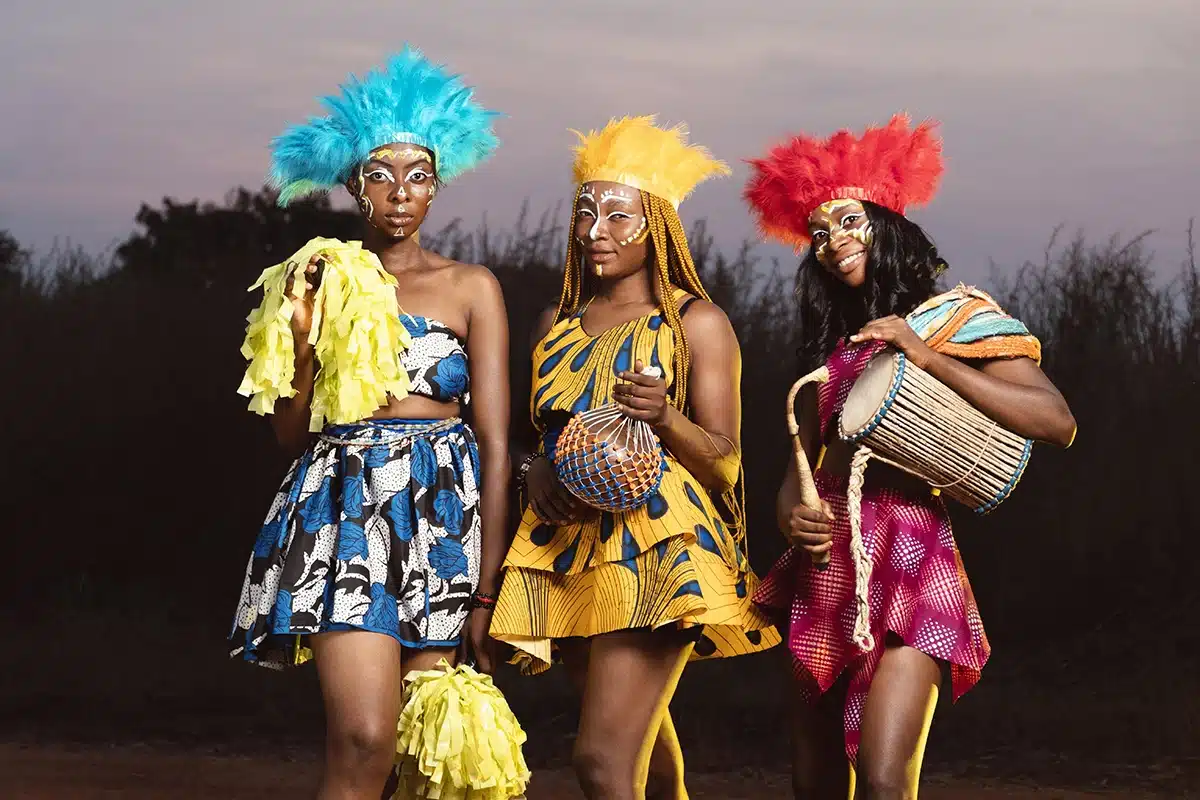
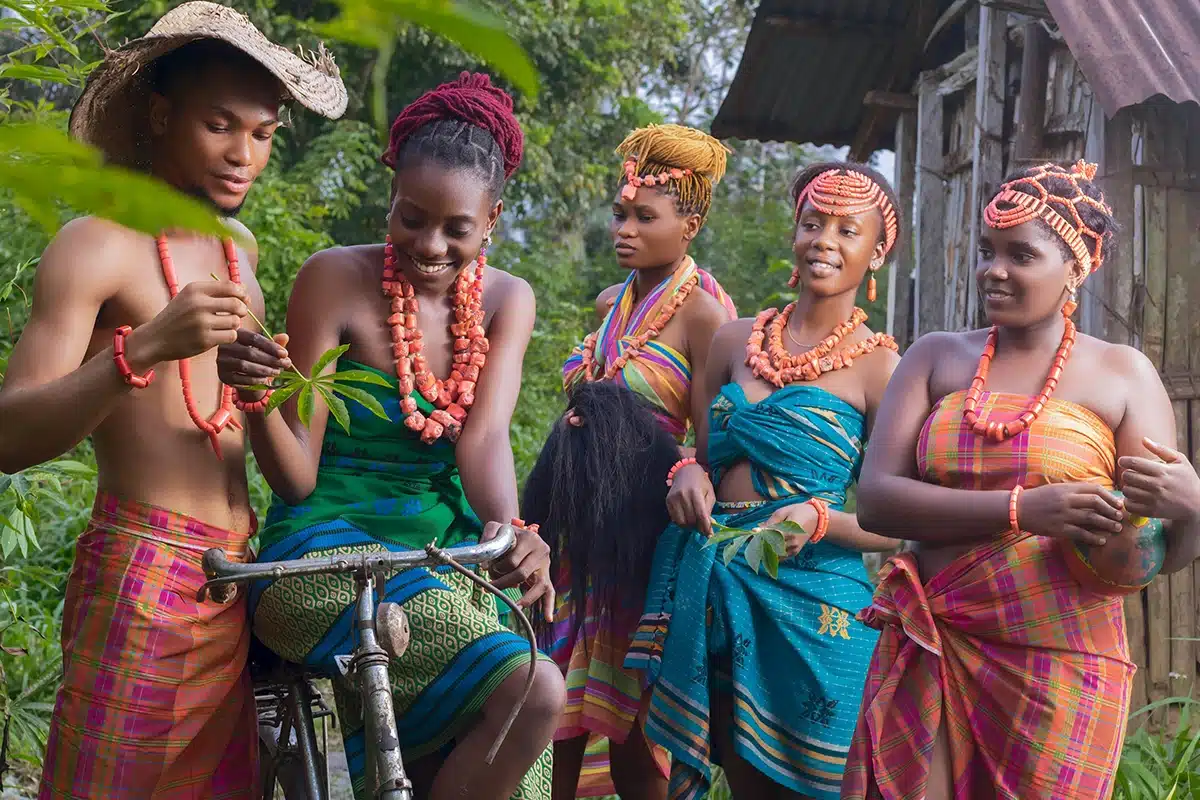
1. History of Jamaican Traditional Dress
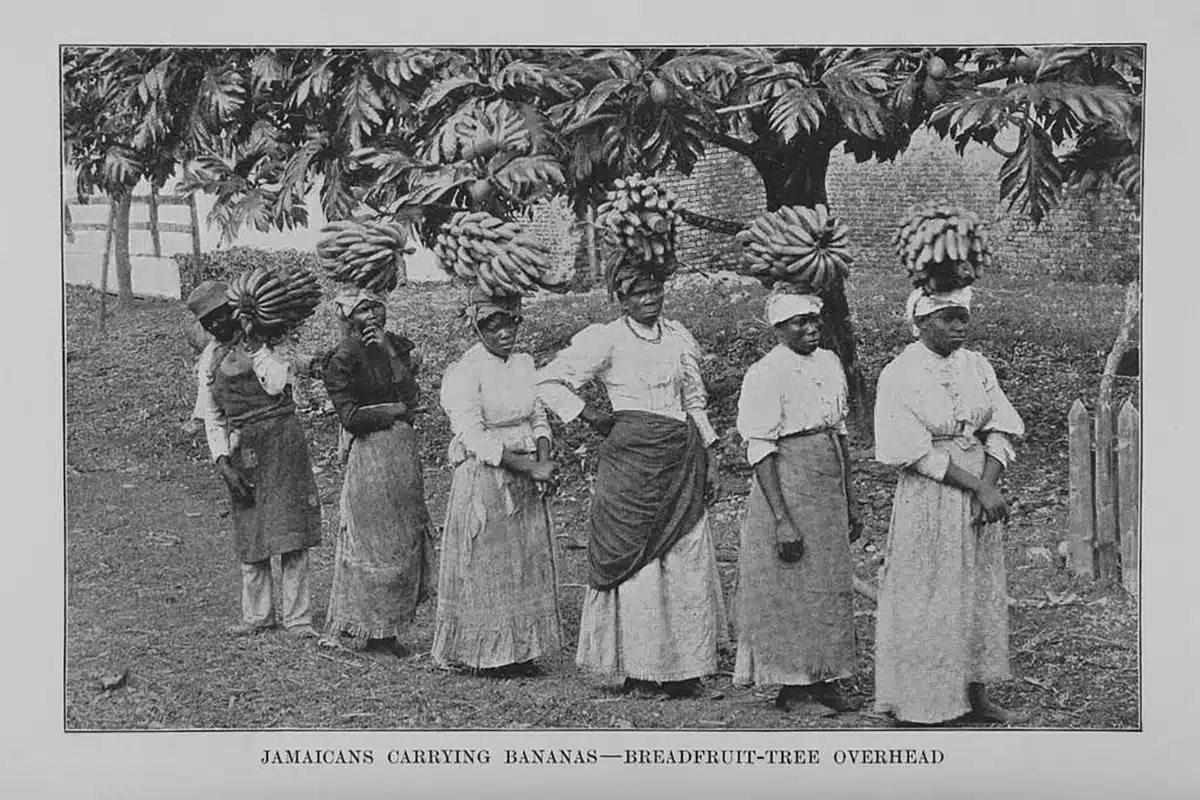
Jamaica’s clothing has changed a lot over time. It shows the spirit and history of the island. Long ago, the Arawak and Taino people wore simple clothes made from natural materials. Their clothes connected them to the land and their daily lives.
When Europeans came, they brought new styles and patterns. These are mixed with the traditions of Africans who were brought as slaves. This created clothes that tell stories of struggle, strength, and pride.
The Quadrille dress is a great example. It has a full skirt and bright colors for celebrations. The Kariba suit mixes old patterns with a modern style. It is proudly Jamaican.
Every stitch and color shows the creativity and strong spirit of the Jamaican people.
2. How to Dress Like a Jamaican
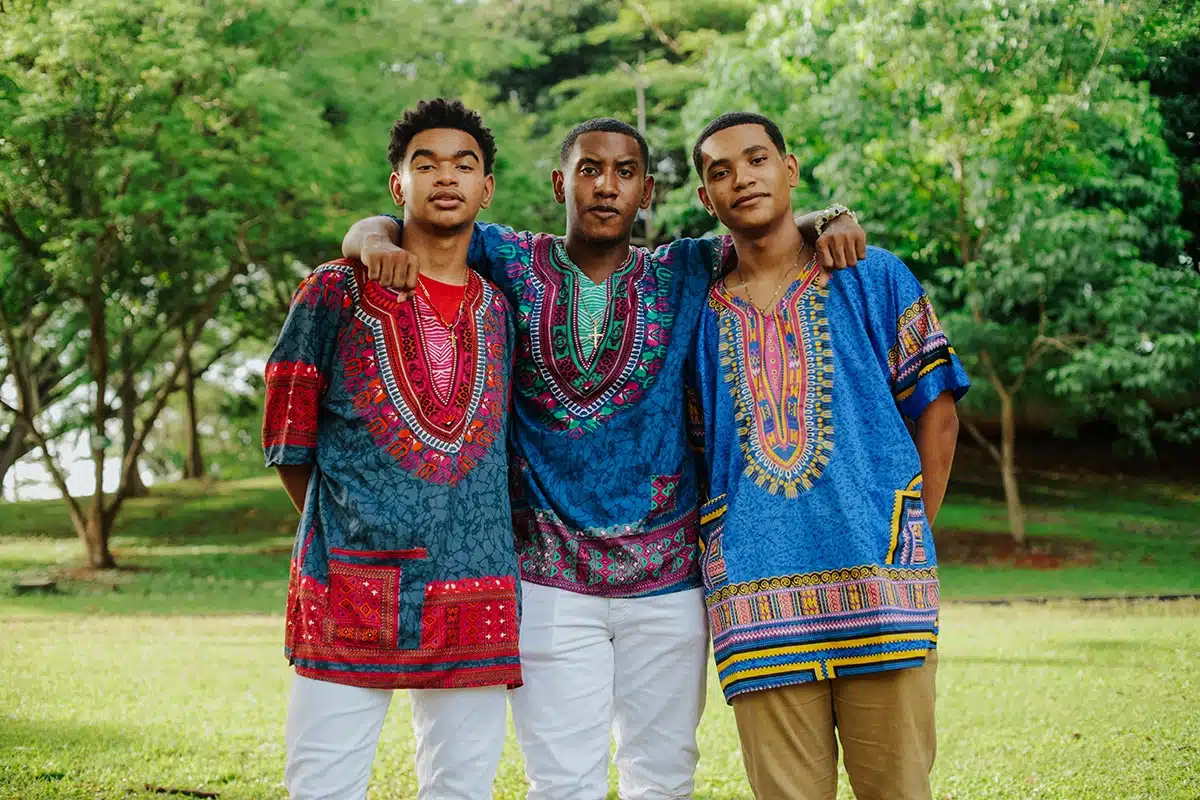
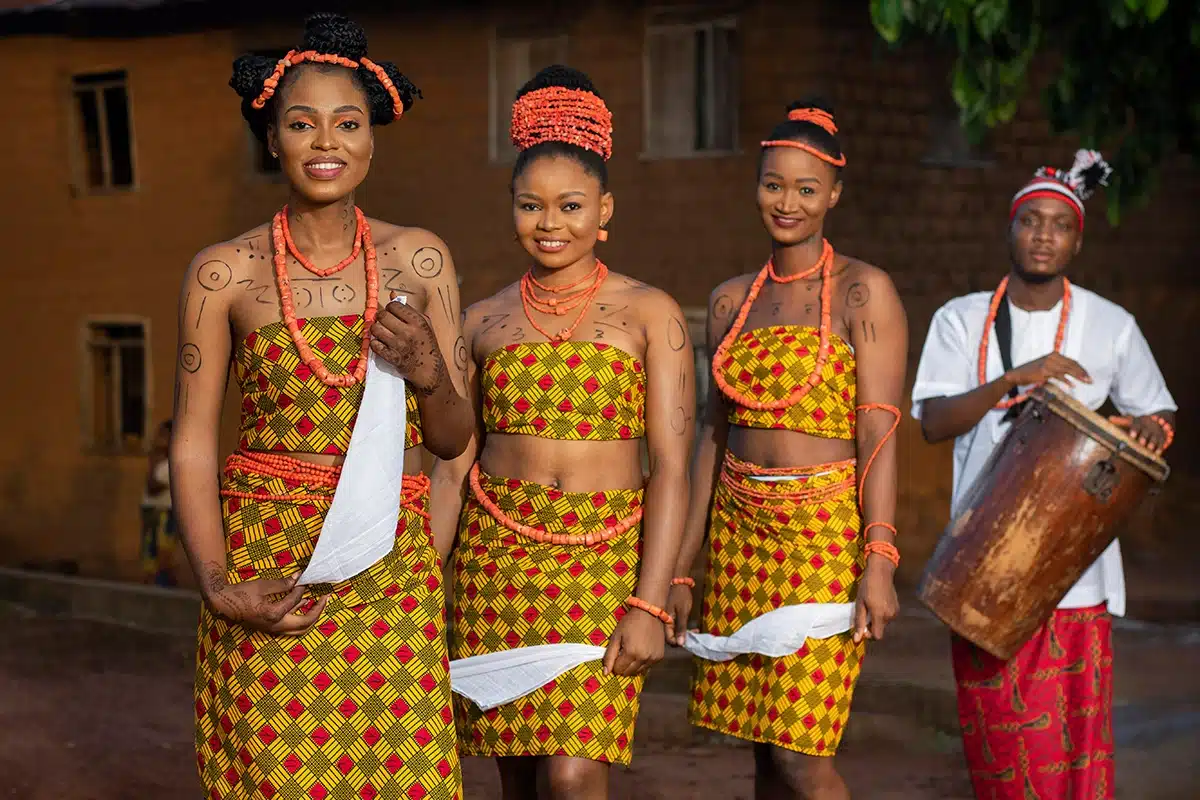
Traditional clothing in Jamaica is colorful and full of culture. For women, popular outfits include:
- The Quadrille dress has a fitted top and a wide, flowing skirt. Women often wear it for celebrations or cultural events.
- The bush dress is made of light cotton or linen. It is loose and comfortable, perfect for Jamaica’s warm weather.
- Accessories like head ties, lace, and ribbons add beauty and show cultural meaning.
Men’s clothing is practical and stylish:
- The Kariba suit is worn for formal events. It has a short-sleeved shirt and trousers with bright patterns.
- The bush jacket is light and comfortable, ideal for casual wear while still looking neat.
- Loose shirts and shorts are common too. They are easy to wear in hot weather.
Bright colors like yellow, red, and blue are everywhere. They show Jamaica’s joyful and lively spirit.
See Also Traditional Ethiopian Clothing
3. Classic Jamaican Outfits
Quadrille Dress
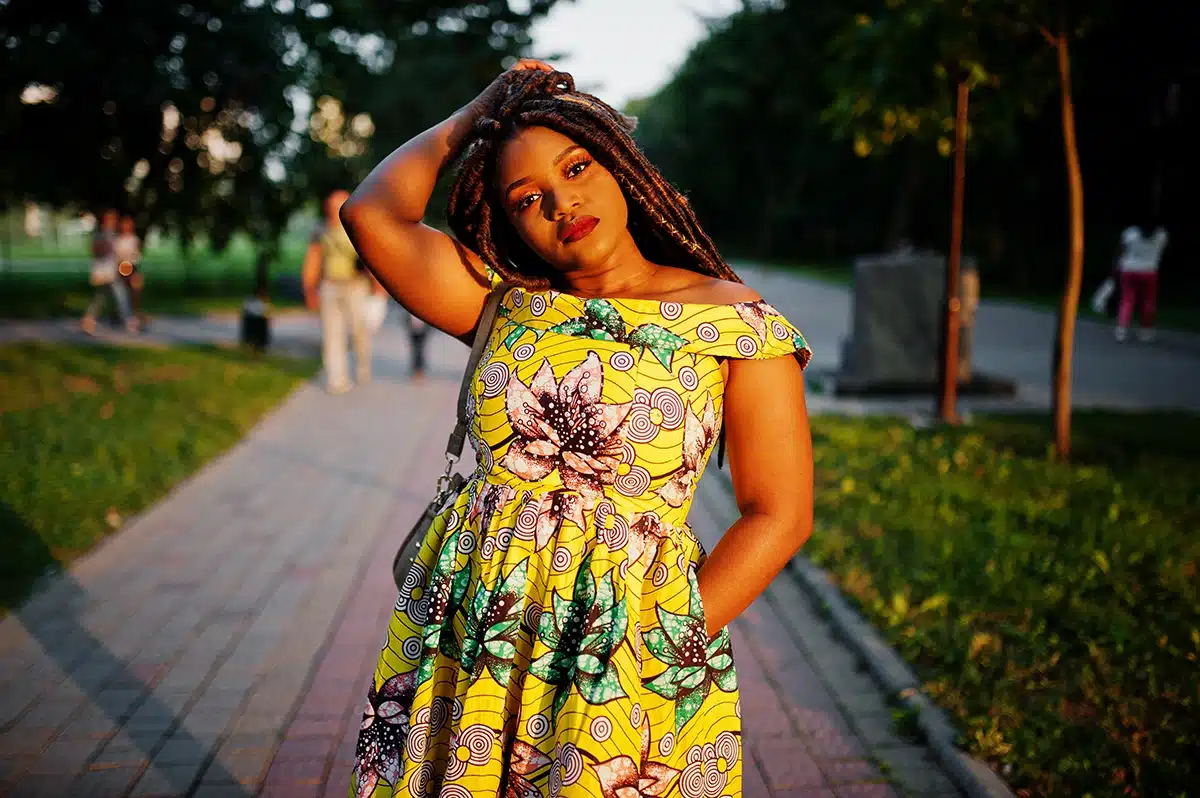
The Quadrille dress is a symbol of Jamaica’s history and festive spirit. Women wear it during the Quadrille dance, one of the island’s most colorful cultural events. Its large, flowing skirt twirls beautifully with every step.
Made from bright cotton with bold patterns and cheerful colors, the dress stands out in any celebration. The fitted bodice shapes the dress gracefully, and puffed sleeves add charm and elegance.
For special occasions, the outfit is often paired with straw hats and delicate jewelry. The Quadrille dress mixes African and European influences, making it a memorable and iconic piece of Jamaican tradition.
Fashion designer Edvin Thompson, founder of Theophilio, once said: “Jamaica’s fashion is one of its most powerful means of expression and experimentation.”
Kariba Suit
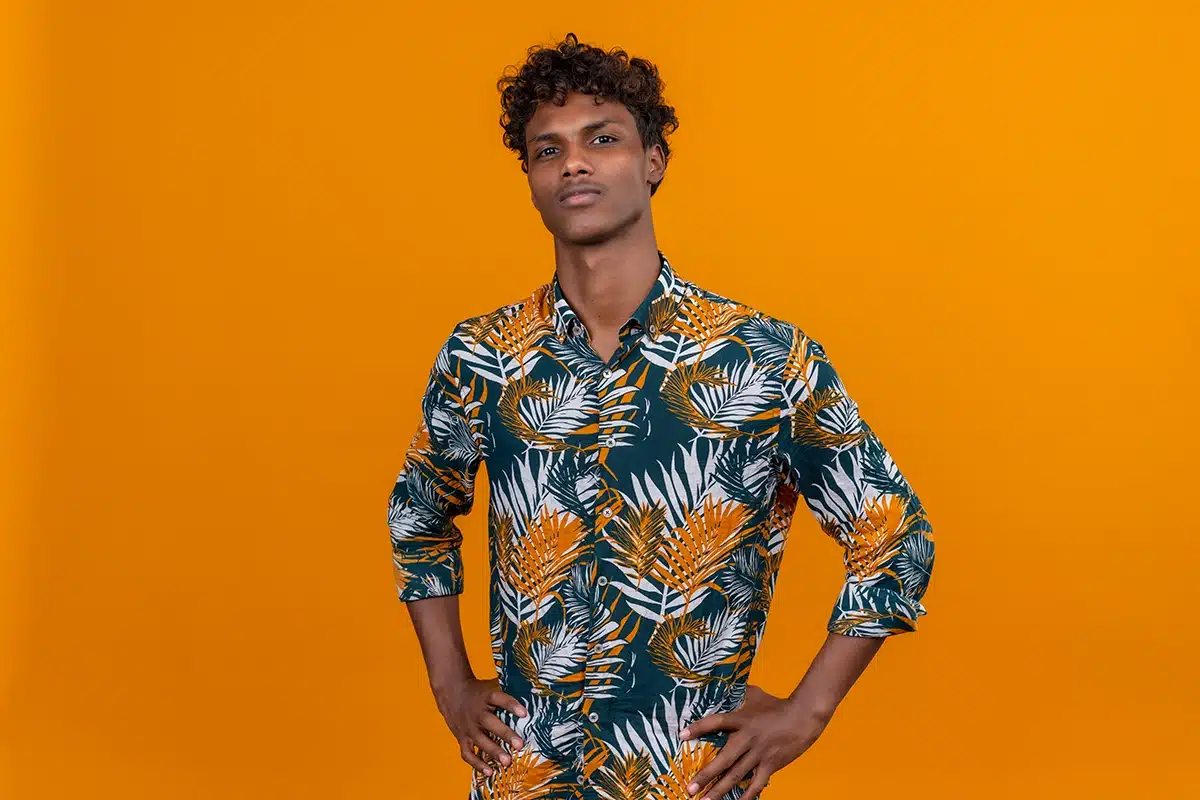
The Kariba suit has always caught my eye because of its bold patterns and bright colors. I remember seeing it at a local festival and being amazed at how lively and cheerful it looked. It blends traditional Jamaican style with a modern touch and is usually worn for formal events or special occasions.
Men’s Kariba suits feature short-sleeved jackets and knee-length shorts, while women’s versions often include fitted blouses. I love how these pieces can look both elegant and relaxed at the same time.
To me, the Kariba suit shows Jamaican pride and creativity. It reflects the island’s culture, energy, and joy, making it a memorable part of traditional Jamaican attire.
4. Jamaican National Dress in Different Regions
Jonkunnu Costumes

Jonkunnu is a lively festival in Jamaica. People celebrate with music, dance, and colorful costumes.
The costumes are very detailed. They often include masks and headdresses. Some costumes show characters like the Horsehead or the Devil. Bright fabrics, feathers, and shiny beads make the outfits stand out.
These costumes connect people to Jamaican culture and African heritage. They also show the strength and history of the people.
The Jonkunnu festival is an important way to celebrate Jamaica’s traditions and lively culture.
Maroon Costumes
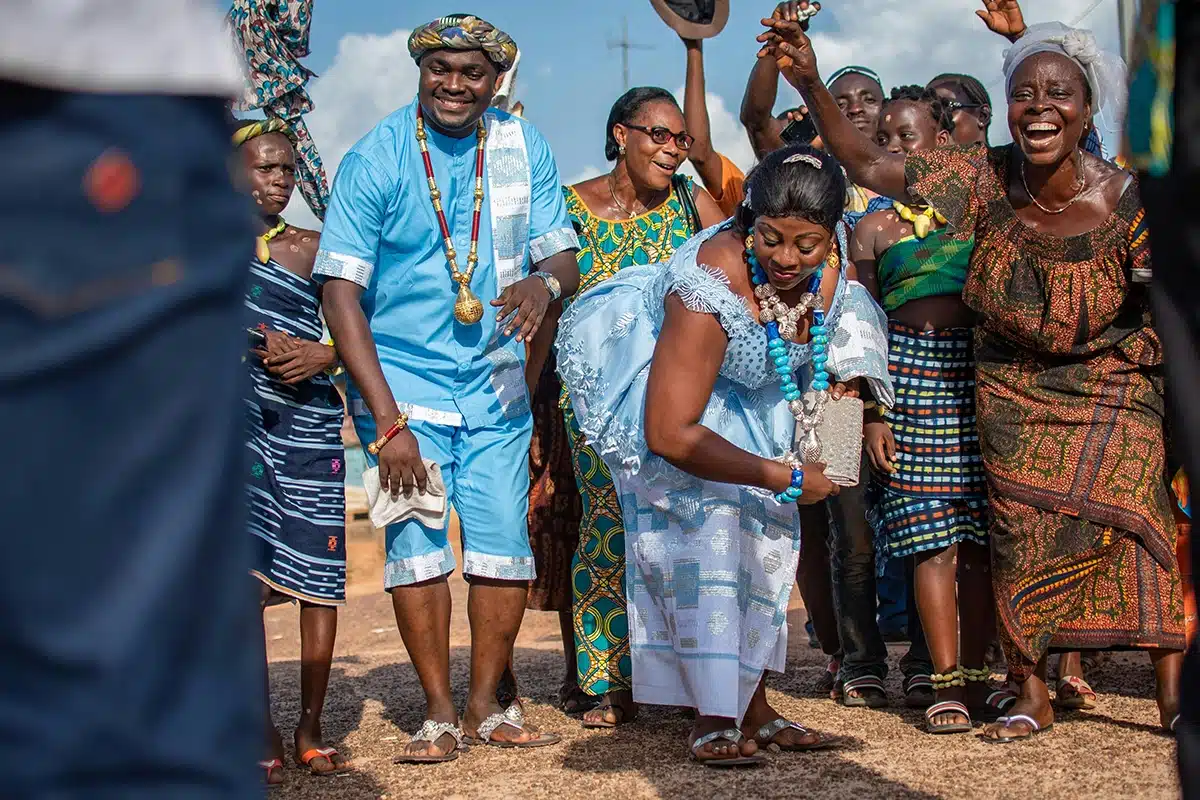
The Maroon communities are descendants of enslaved Africans who escaped from plantations. They wear special traditional costume.
One well-known piece is the Bush jacket. It is loose and made from strong materials, which is good for life in rural Jamaica.
Maroons also wear skirts or dresses made from madras, which are bright and have bold patterns.
They often add headwraps and beads to their outfits. These clothes show their African roots and tell a story of strength and freedom. Maroon clothing keeps its culture alive through generations.
See Also Traditional Kuwaiti Clothing
5. Pattern of Jamaican Dress

The traditional Jamaican national costume is full of life and color. Its red, yellow, and green plaid is instantly recognizable and often worn at festivals and celebrations. Every pattern tells a story, mixing African and European influences with Jamaica’s reggae spirit.
Women’s outfits often include:
- Dresses with a square neck and petticoats – classic yet comfortable
- Accessories such as ribbons and clips for extra charm
Fabrics and comfort:
- Cotton keeps the wearer cool in Jamaica’s warm climate
- Madras fabrics add lightness and softness, making the outfits practical and stylish
Cultural meaning:
- Every piece reflects African and indigenous roots
- Bright colors and detailed designs celebrate Jamaican heritage
- These costumes connect people to their history and culture, making them an important part of the island’s identity
As Marcus Garvey once said: “A people without the knowledge of their past history, origin and culture is like a tree without roots.”

Traditional Jamaican Clothing: A Recap
Traditional Jamaican clothing reflects the island’s rich cultural history. Iconic pieces like the Quadrille dress and Kariba suit carry the spirit of Jamaica and its mixed heritage. Bold patterns and bright colors like red and yellow make the national costume a symbol of pride.
I remember seeing a Quadrille dress at a festival and being amazed at how the colors and patterns moved with every step. Women’s dresses often feature petticoats and flounces, and accessories like clips and shoes add a special touch.
These outfits are worn for festivals, formal events, and celebrations. Each piece shows strength, resilience, and African and indigenous roots. As Beth Lenworth Forbes noted, understanding Jamaican dress helps you see the deep connections to culture and history — something I’ve truly come to appreciate through seeing these costumes in person.


